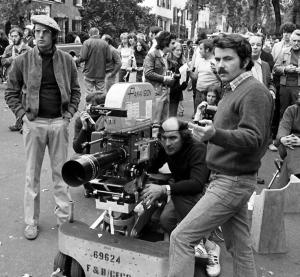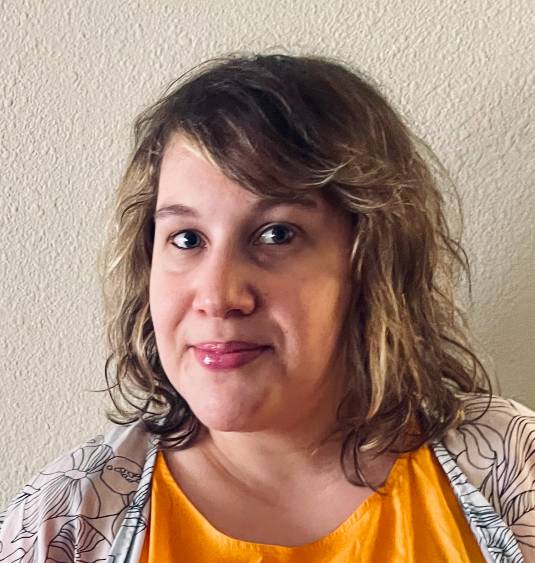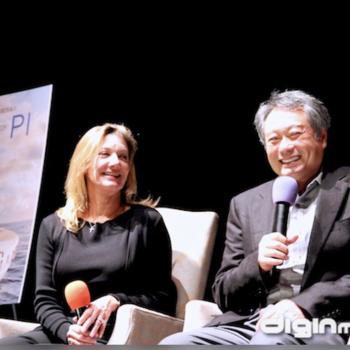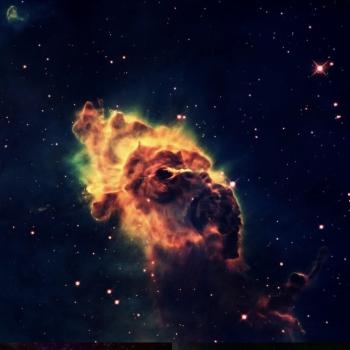
The subject of grief intertwined with horror
To discuss horror stories and it’s accompaniment of horror music, there’s always the subject of underlying social issues, grief and fear, rooted from different points of history (different eras of horror reflect current states of affairs in politics, education and social satire) and how they relate to us.
How does the discussion of modern horror soundtracks relate to us now to before?
There is a visceral contrast between the soundtracks of horror films since the late seventies to now; broadly, it feels as though the thoughtfulness of a musical perspective in a film has been diminished in modern horror cinema.
There’s a teneable link to humanity to the music of this story, because it links directly to our main protagonist:
(Floating Sound/Reagan’s Theme; The Exorcist two, The Heretic. Composed Ennio Morricone 1977)
This composition has all the elements of being a great musical piece for horror—-yet it has a strange element of beauty, hope and truly evokes the spirit of Reagan in heart, body and soul. It expresses the sadness of the horror she has had to endure, and it expresses the hope she will heal.
A Quiet Place (2018)
Comparing it to this composition by the more recent horror/drama A Quiet Place by Marco Beltrami in 2018. Horror soundtracks in modern horror tend to take a background approach to the scenes rather than to be the central motivation of the character or plot. Even as this composition surely adds an excellent mood and an atmosphere of chaos and panic, it does not give much weight to the actual characters and their dynamics and relatable conflicts (that are unrelated to the monster).
The fragility of mortality/The spiritual impact of music through a horror medium
The fragile, mortal human element of horror is the most important part of the experience. If you don’t care about the characters, why would you care about the horrible predicament they are placed in? Do you really need to care about the protagonists to feel scared?
Some may agree, some may not.
Some may say horror is just for fun, so why do you need character development?
Why would a song need character development?
I’ll tell you why, you crazed horror fanatics.
Because if there is nothing deeply human in your story, it’ll always fall flat.
Carrie (1976)
Take a look at the film Carrie. The soundtrack for this 1976 American supernatural horror film is palpable, dreamy and heartbreaking.
Pino Donaggio creates an atmosphere of pain, distrust, religious fear, sadness and the terror of our own failures and social lapses.
Even the more slightly bombastic compositions evoke the terror that is brought on by a mother’s madness and highly zealot-like religious views, with the very last composition(scene at Carrie’s grave) expelling the trauma of the entire story in a soothing manner until the last cataclysmic screeching of the orchestra hits. The music shadows Carrie in almost a direct way, as if it embodies her and she controls it.
The Ring
We move onward to the world renowned composer Hans Zimmer’s The Well for more of a theme that plays on Samara’s Theme, is a brilliant and subtle atmospheric twist with a deep sadness to it’s keys and plaintive tones.
This gives Samara a deep human quality—-without taking away the palpable horror she brings whenever she lurches and reaches out in every heart pounding scene she is in.
The Sixth Sense
And lastly, one my favorite examples of how to do horror correctly, The Sixth Sense. This was an excellent representation of using the human quality of horror to deepen the relationship of the audience to the characters.
This song in particular shows that deepened relationship in relation to the characters and their reactions:
James Newton Howard created this eerie and surprisingly, quietly beautiful soundtrack to what could’ve been a vapid story set up with pointless jump scares and no heart.
Kyra’s Ghost/Helping the Ghosts tells us about many things—the empathy that the main protagonist has for the ghosts that try to talk to him, and the everyday horror stories they need to unleash to the waking world, and how that sends ripple effects that are beyond anything of what a Hollywood image of what “monster,” truly means. Here is the scene about Kyra’s tragic backstory.
It’s almost ethereal and melancholy notes hit you in almost a paternal way—-and you feel what they feel. That is a great way to keep you in check even if there is a jump scare(I believe it really makes it a bit creepier because there is something real behind it).
Casper
I could not end my melancholy Halloween playlist without mentioning this beautiful composition from this wonderful, moody, classic film Casper(1995).
This gorgeous piece by James Horner adds a very personal touch to the characters Kat and Casper. It evokes long lost memory, of Casper’s tragic story, as it seamlessly intersects into the land of the living for Kat’s memories, floating above the two as she recalls her mother’s face and smell, a painful and heartbreaking recollection that feels intimate and raw.














